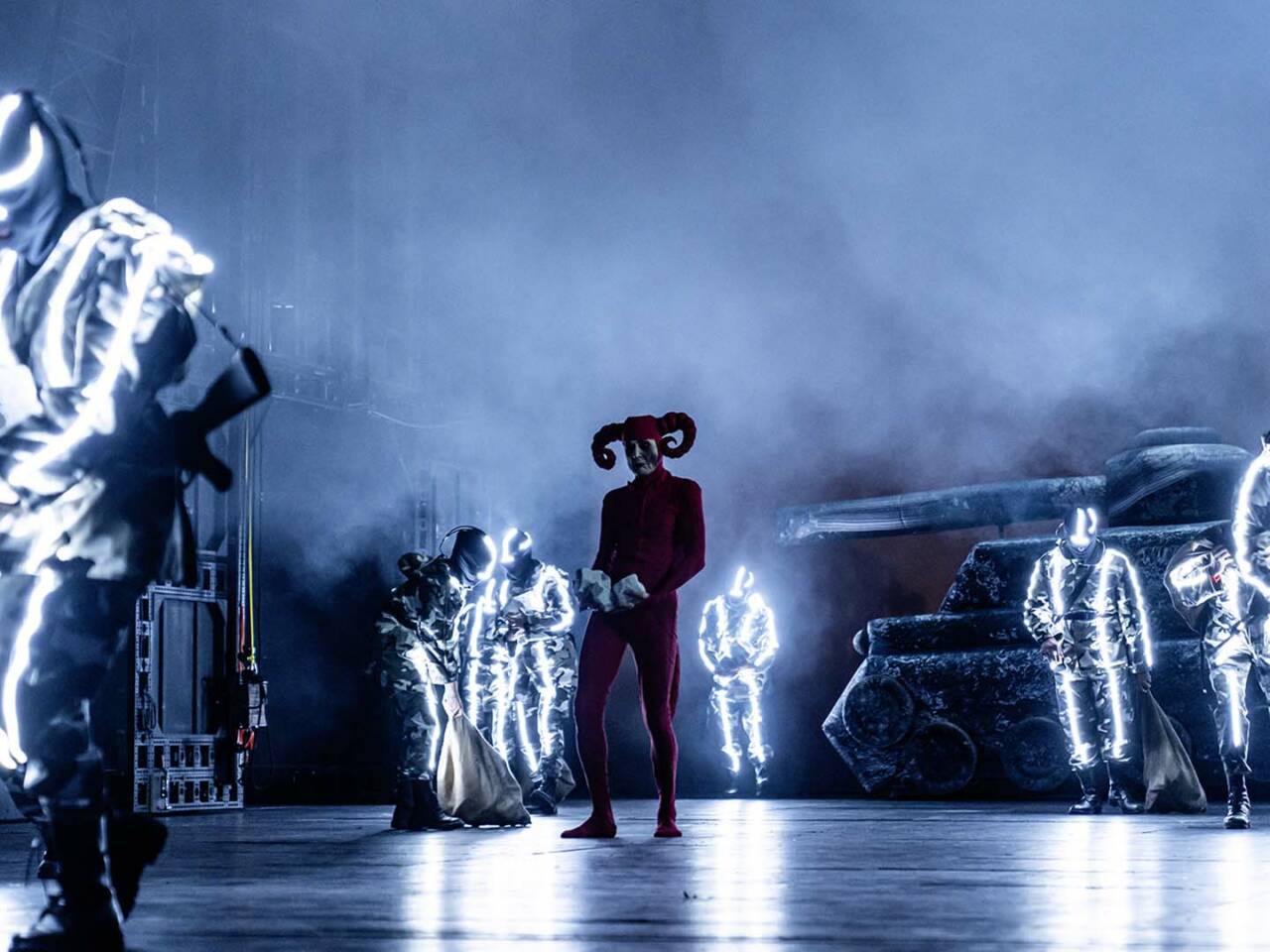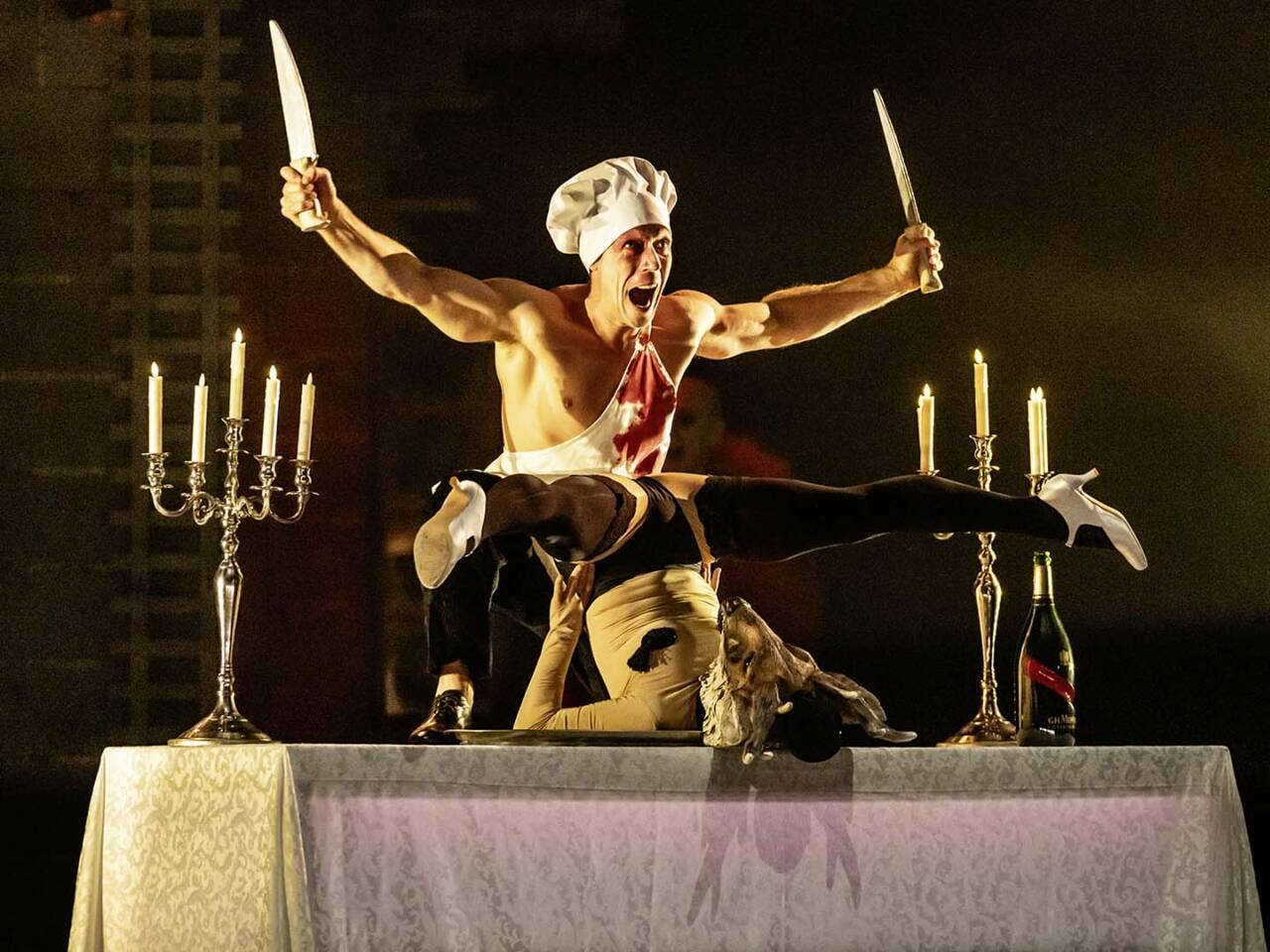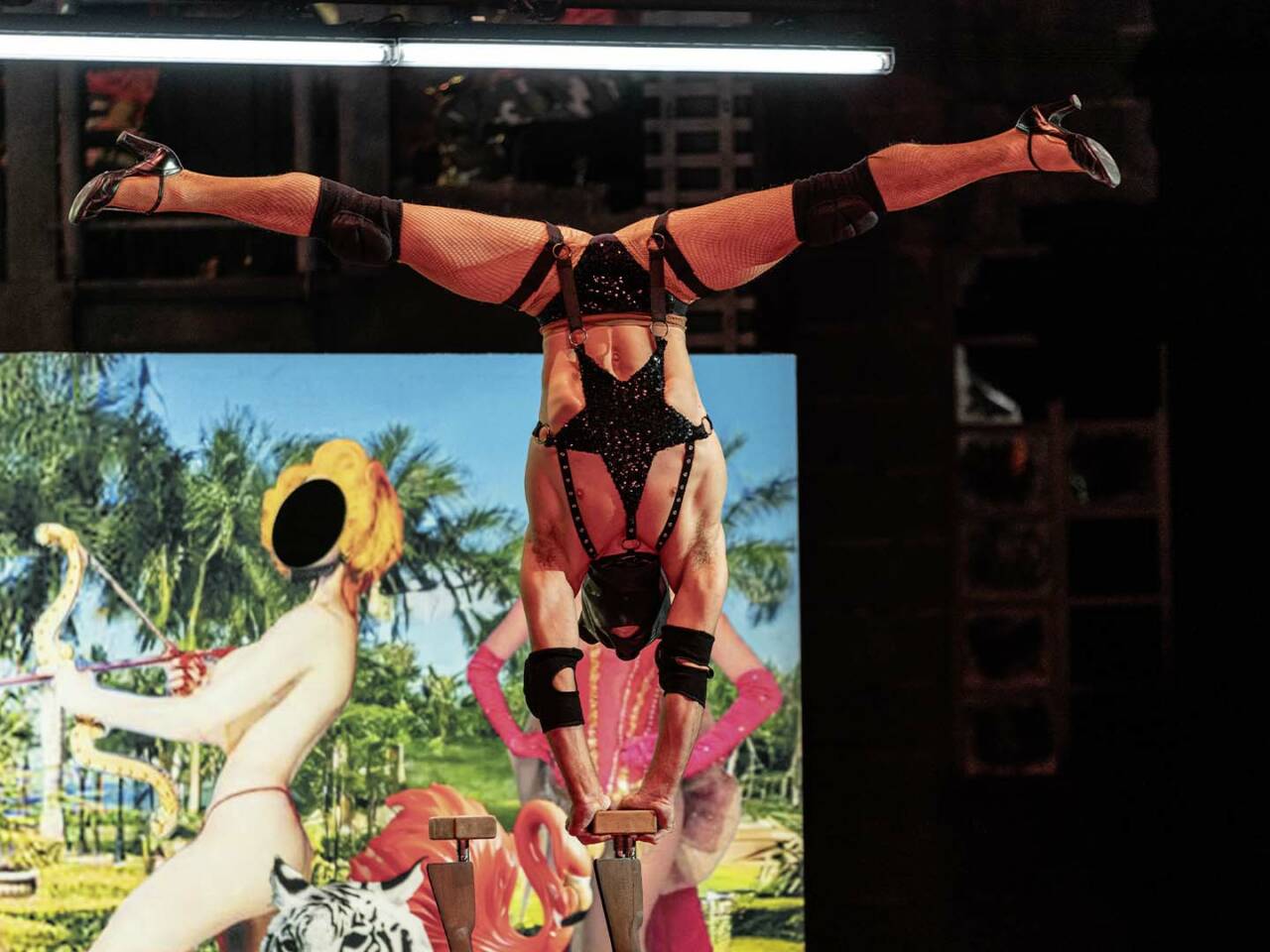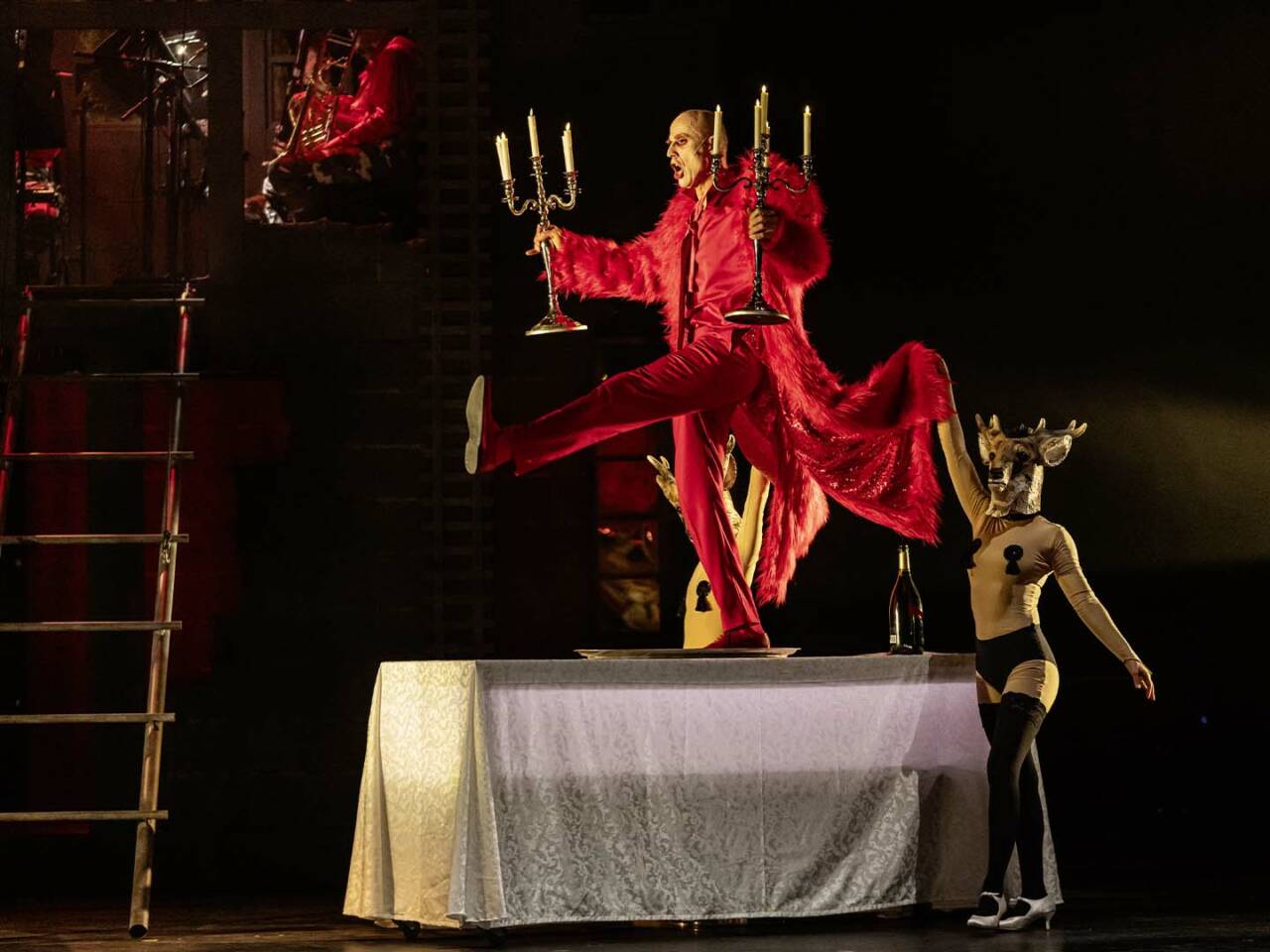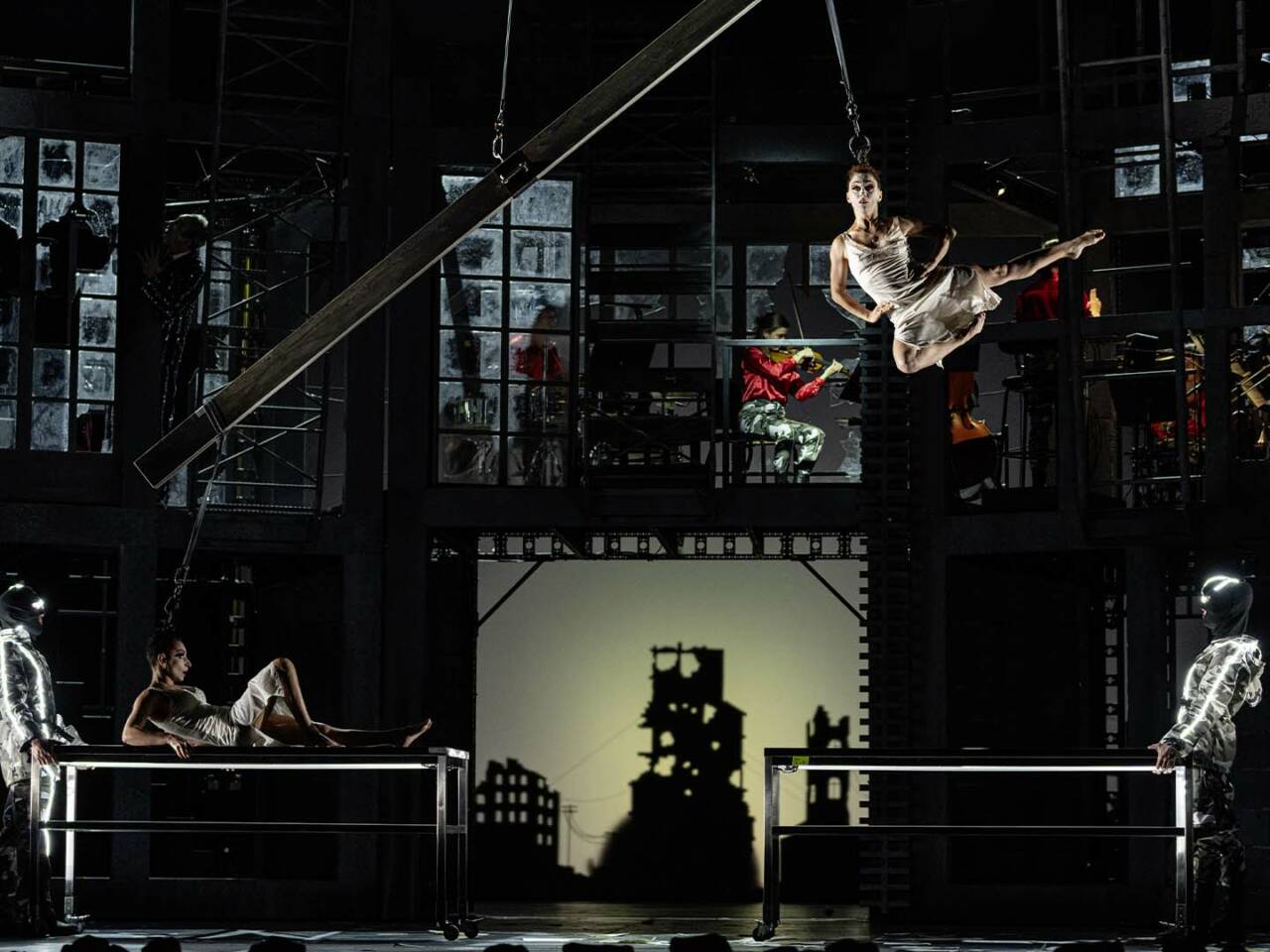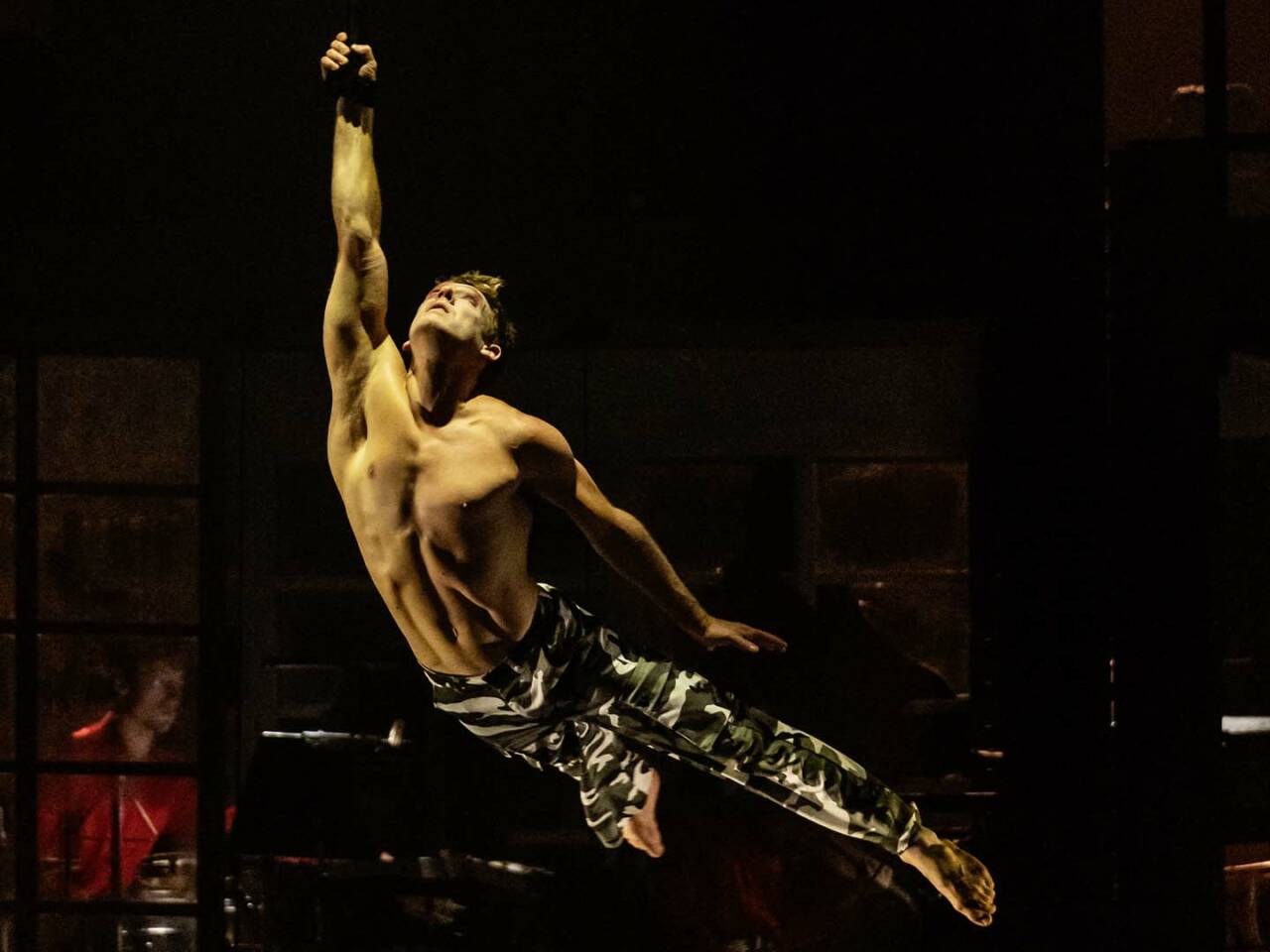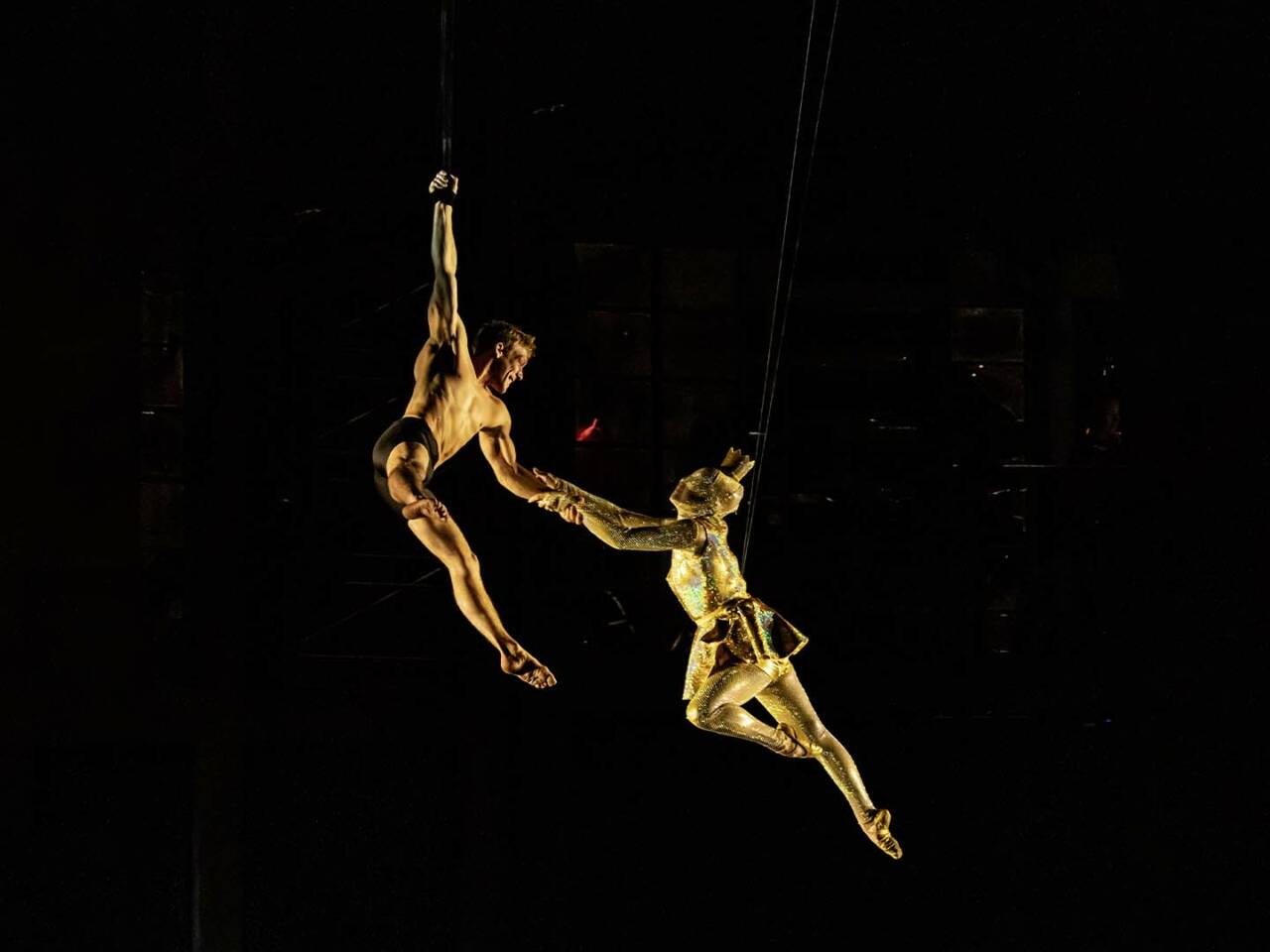“You can’t add to what you have,
You can’t be who you are and who you were at the same time.
You don’t have the right to have everything: it’s forbidden.
One happiness is all happiness; if split,
it’s as if they no longer exist.”
Charles-Ferdinand Ramuz, The Soldier’s Tale
THE SOLDIER, THE VIOLIN AND THE DEVIL. A STORY READ, ACTED, MIMED AND DANCED. The Soldier’s Tale is a work of circumstance, written and composed in Switzerland during the First World War. The context no longer made it possible to create large-scale works with significant production resources. Charles-Ferdinand Ramuz and Igor Stravinsky therefore came up with a new four-hand arrangement. The Soldier’s Tale was a stage play that initially featured a small fairground orchestra (seven instruments), narrators (the Reader, the Soldier and the Devil) and one or two dancers. In the words of Ramuz to his patron, it is “[…] something like an animated magic lantern”.
In this pocket opera, the librettist and composer revisit both Faust and Lohengrin, focusing on the soul of a poor soldier-doctor who, by trading his violin with the devil, obtains a book that foretells the future. The price of this wealth? The destruction of past and present. In her staging, Karelle Prugnaud adopts a radical approach by combining disciplines and genres. Using circus arts as well as cabaret, she rereads this tale and creates a mise en abyme, reflecting on war, love and death.

